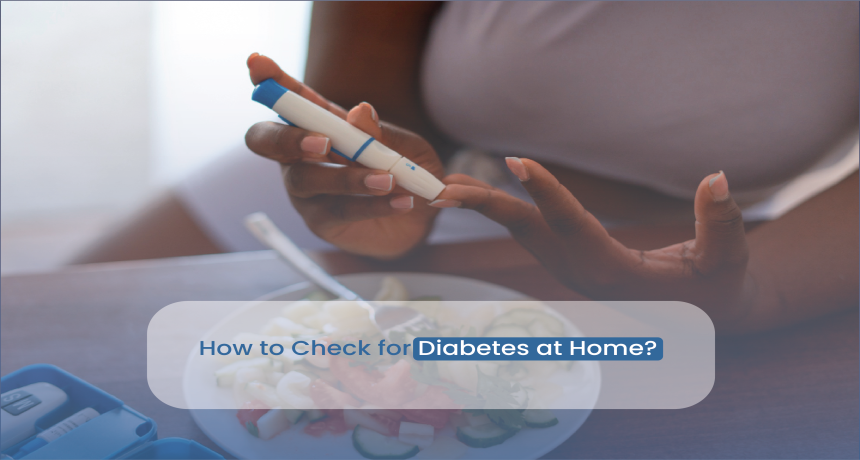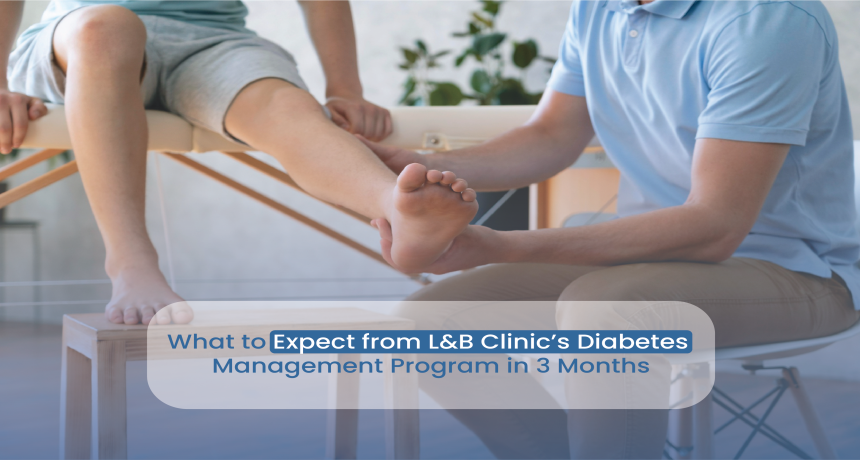How to Check for Diabetes at Home?
2025-07-16 Diabetes is quickly becoming one of the most prevalent chronic health problems across the world. The World Health Organization estimates that 422 million individuals have diabetes globally, and it's a good bet that this is simply a small portion of individuals who need to be diagnosed. The bright side? You don't need to schedule an appointment at a clinic every time you want to check your blood sugar. Thanks to the advancements in technology, you can also track sugar levels with a diabetes test kit from your home. Being knowledgeable about testing for diabetes from home provides you with a more empowered and active role to take control of your health when complications haven't gotten out of control quite yet. This blog will cover: A variety of diabetes What are the symptoms Home testing tools Step-by-step guide for tracking blood sugar What normal sugar levels look like How to do a fasting blood sugar test and a random sugar test Research-backed case studies Natural and effective home remedies for diabetes players Let’s get to it! Diabetes is a condition where your body cannot properly manage blood sugar (glucose). Glucose serves as your body’s primary source of fuel, and you get it from your food. Insulin, which is produced by the pancreas, helps glucose move into your cells. Your body cannot manage blood sugar effectively when: It does not produce enough insulin, or It cannot use insulin properly, So you have glucose in your blood instead of glucose in your cells. Thus, you have high blood sugar levels, which is a significant sign of diabetes. Autoimmune condition Typically presents in children or young adults requires life-long insulin therapy Most common type Related frequently to obesity and lifestyle, which can be changed or even reversed Might be treated or even reversed with lifestyle changes occurs only during pregnancy usually resolves after the child is born, but raises your probability of developing Type 2 diabetes in the future Blood sugar is high, but not high enough to qualify as diabetes huge warning sign It will save you time and money Detects problems early Prevents complications Tracks how your lifestyle, medications, or diet affect your blood sugar Reduces dependence on clinical labs If you’re experiencing any of the following, it may be time to test your blood sugar at home: Unusual thirst Frequent urination, especially at night Sudden weight loss Constant fatigue Blurry vision Slow-healing wounds Numbness or tingling in hands/feet Frequent infections (gum, skin, vaginal) Even if you feel “normal,” routine blood sugar monitoring can be a wise and time-changing decision, especially if you have risk factors like obesity, family history, or poor dietary habits. To monitor blood sugar levels at home, you’ll need a home diabetes test kit. These kits are available over the counter and online, and they’re easy to use. Glucometer (glucose meter) Test strips Lancet device (for pricking your finger) Lancets (tiny needles) Logbook or app (to track your results) Let's unpack these instructions into some simple steps. 🔹 Step 1: Wash your hands Always wash your hands first to protect your sample and get accurate results. 🔹 Step 2: Prepare the glucometer Put a strip into the glucometer. 🔹 Step 3: Utilize the lancet Use the lancing device and prick the side of the fingertip. It only seems painful. 🔹 Step 4: Collect the drop of blood Touch the edge of the test strip to the blood drop. You should hear a beep or see a flash to show it is testing. 🔹 Step 5: Read the result In 5-10 seconds, the blood sugar level will show on the screen. There are two key tests you should be aware of when monitoring blood sugar at home: Done after 8–12 hours of not eating Best performed in the morning Highly accurate Fasting Blood Sugar Normal Range: Tip: Record your readings for a few days in a row for consistency. Can be done at any time of the day, regardless of food Useful when you’re feeling unwell or experiencing symptoms Random Sugar Test Normal Range: Case: Anjali, 39, homemaker Anjali noticed that she always felt thirsty, and she lost 5 kgs over two months, without even trying. She borrowed a diabetes home test kit from her neighbor. The results were: Fasting Blood Sugar: 142 mg/dL Random Sugar: 217 mg/dL She went to see her doctor, who confirmed Type 2 diabetes. Early diagnosis allowed her to start treatment and make lifestyle changes before complications developed. Lesson? Don't wait. Test. While basic glucometers are effective, more advanced tools like Continuous Glucose Monitors (CGMs) are now available. A CGM is a wearable device that tracks your sugar levels 24/7 and sends real-time updates to your smartphone. Popular brands: FreeStyle Libre Dexcom G6 Pros: No finger pricks Real-time feedback Great for kids or elderly patients Cons: Expensive Requires calibration for some models What Affects Blood Sugar Levels? Your blood sugar isn't just about sweets. Several factors influence your readings: Diet: High-carb foods spike sugar levels Physical activity: Lowers blood sugar Stress: Increases cortisol → raises sugar Illness: Can cause sudden spikes Sleep: Poor sleep = insulin resistance Medications: Some meds (like steroids) affect readings Diabetes Home Remedies & Lifestyle Hacks While medication may be necessary, there are also so many natural remedies and changes in lifestyle that are useful in managing or preventing diabetes. 1. Fenugreek Seeds Soak them overnight and then consume them on an empty stomach. Fenugreek seeds may improve glucose tolerance and blood sugar control. 2. Cinnamom Cinnamon contains some compounds that may help lower your insulin resistance. Add some to your tea or smoothies. 3. Low GI Foods Take your time with the food you eat. Instead of eating foods high in sugar, choose foods like oats, legumes, and leafy green vegetables that provide a gradual release of sugar into the blood, along with key nutrients. 4. Exercise 30 minutes of daily exercise (walking!) is enough to improve your overall blood sugar levels. 5. Managing Stress Practicing yoga, deep breathing, and meditation can reduce cortisol levels (stress hormone), which allows for better control of blood sugar levels. 6. Drink Water Staying hydrated, especially with water, is important because hydration also allows the kidneys to filter out excess sugar. A Harvard Medical School study from 2021 revealed that individuals who routinely conducted home blood glucose testing were 60% more likely to reach their glucose level goals. A study published in The Lancet demonstrated that prediabetic patients who received early intervention reduced progression to diabetes by more than 50%. The American Diabetes Association supports self-monitoring of blood glucose (SMBG) in all diabetic patients. Home testing is not a substitute for professional diagnosis. See a healthcare provider if: Fasting sugar consistently >126 mg/dL Random sugar consistently >200 mg/dL You experience severe symptoms. You’re unsure about your reading.s Your doctor may perform: HbA1c Test (3-month sugar average) Oral Glucose Tolerance Test (OGTT) Insulin and C-peptide levels Conclusion Understanding how to test for diabetes at home is not just a helpful convenience, but it can also be a significant act of self-care. With a home diabetes kit, you can get important health information, find problems early, and even help prevent complications in the future. Through our diabetes reversal program in Delhi, by knowing your normal sugar level, doing fasting and random sugar checks regularly, and continuing to monitor blood sugars, you are taking important steps toward living a healthier lifestyle and gaining better peace of mind. Remember that numbers alone are not going to get you improved health; you have to do something about the numbers. If you thoughtfully combine your testing habits with sensible nutritional choices, regular physical activity, stress management strategies, and a handful of diabetes home remedies to support your body naturally, you will maximize your everyday habits, whether you are managing diabetes, prediabetes, or simply playing it slightly safer. Based on real-world case studies and scientific research, the idea of early detection and regular monitoring opens the door to preventing complications, enjoying a better quality of life, and sometimes even reversing Type 2 diabetes.What is Diabetes?
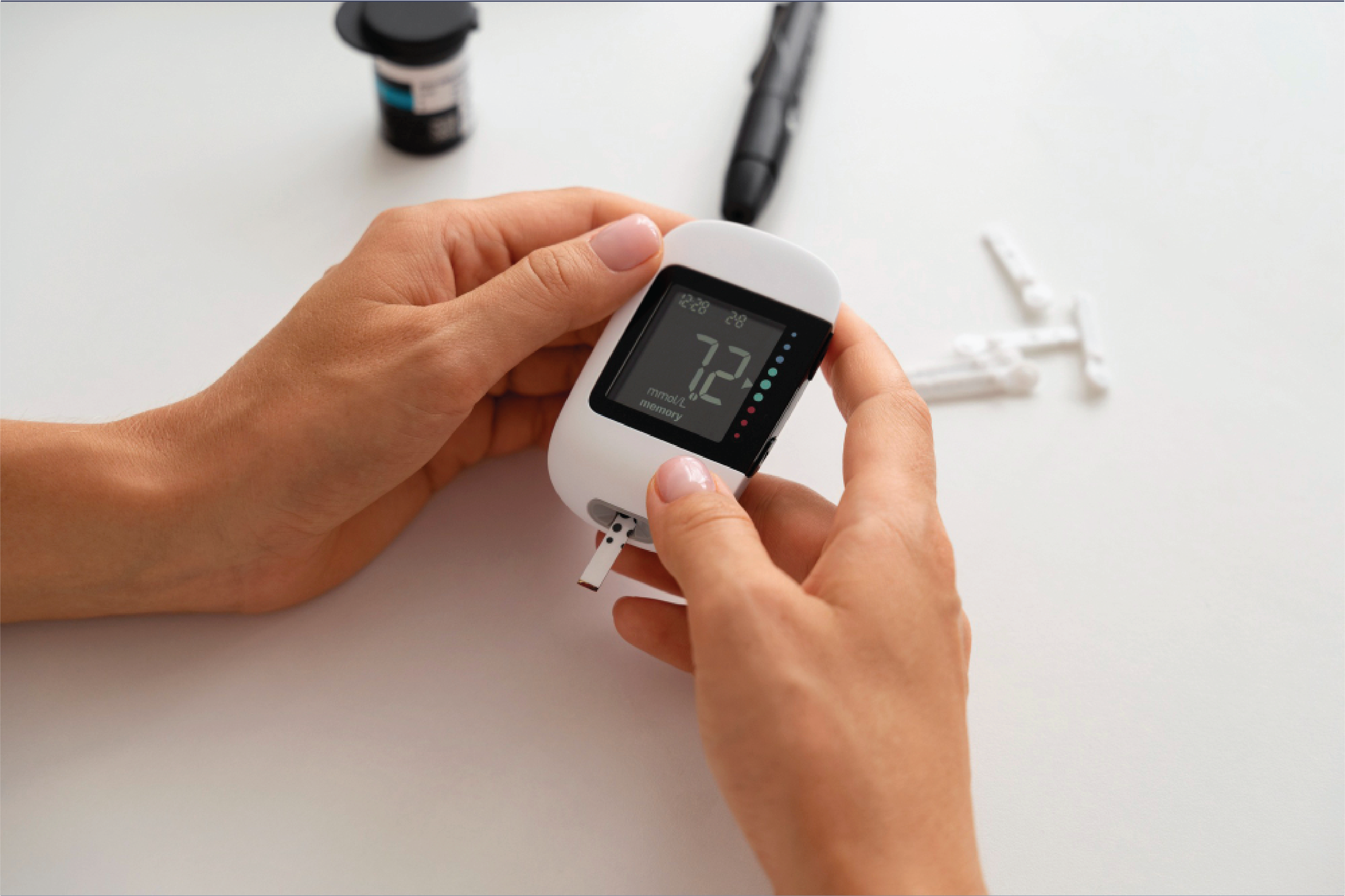
Types of Diabetes
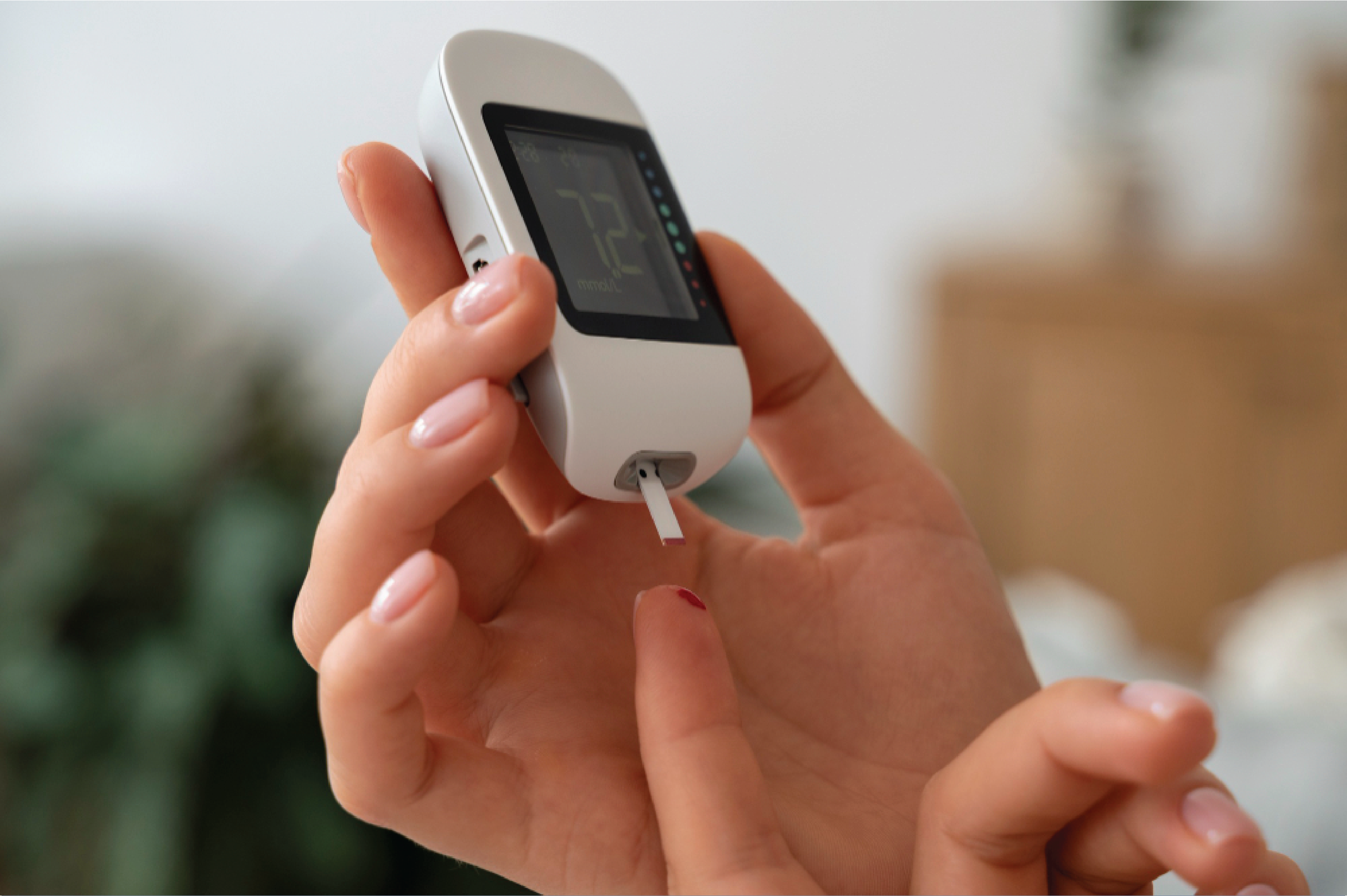
Type 1 Diabetes
Type 2 Diabetes
Gestational Diabetes
Prediabetes
Why Check for Diabetes at Home?
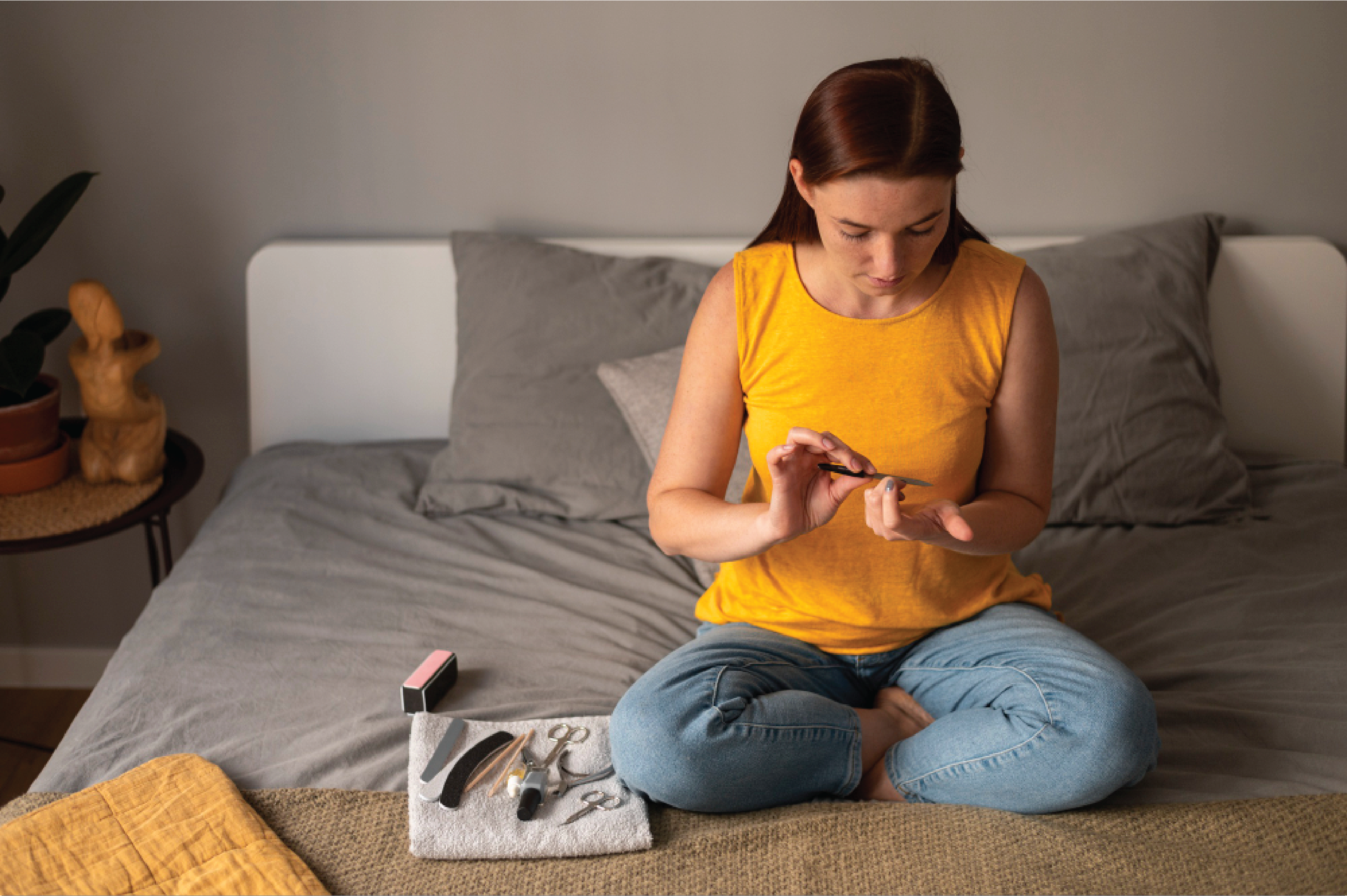
Benefits of Home Monitoring
Symptoms of Diabetes You Shouldn’t Ignore
Tools You Need: Home Diabetes Test Kit
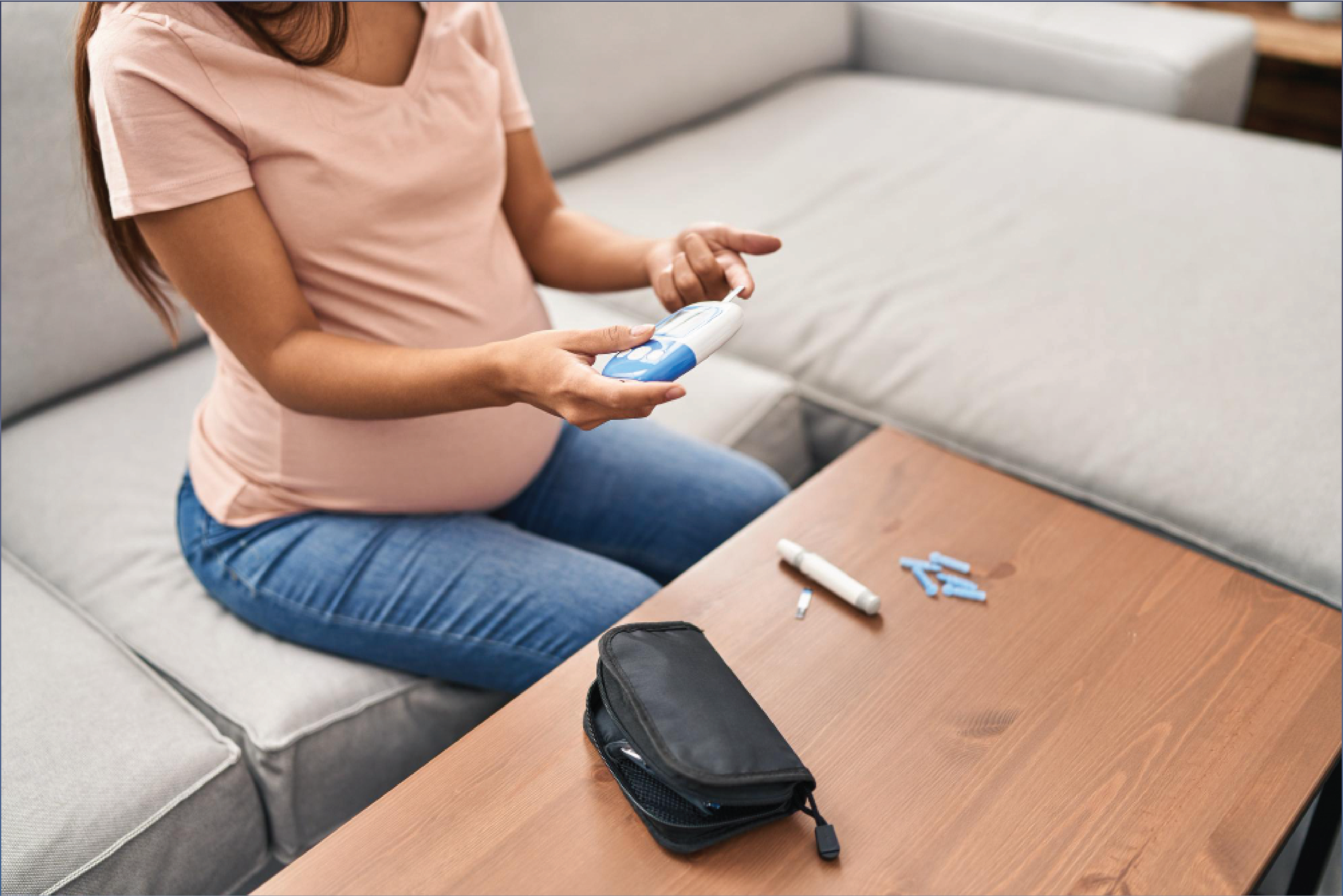
Basic Kit Includes:
How to Check Diabetes at Home: Step-by-Step Guide
Understanding Blood Sugar Test Types
1. Fasting Blood Sugar Test
2. Random Sugar Test
Case Study: A Real-World Example
Continuous Blood Sugar Monitoring (Advanced)
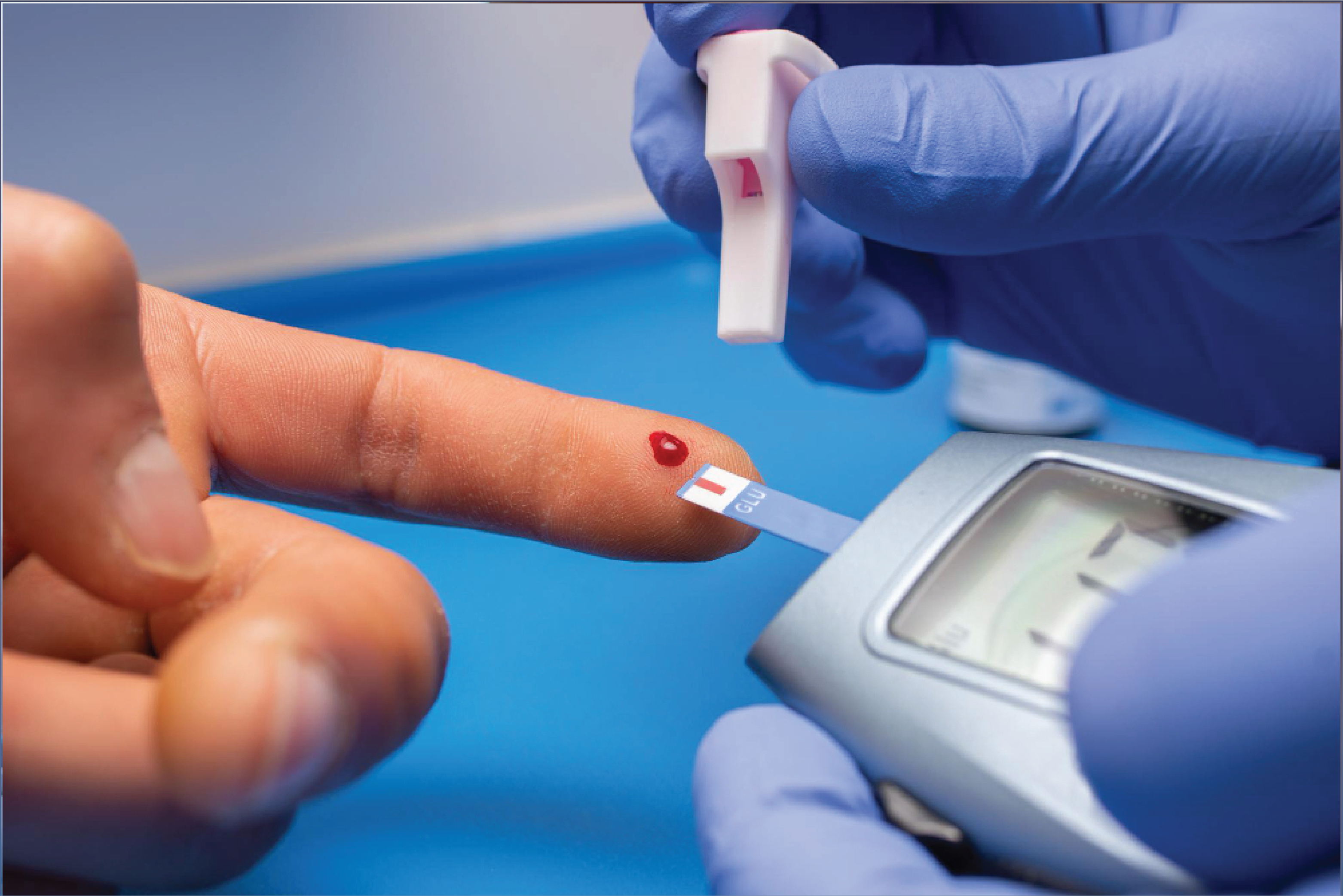
What is a CGM?
Science-Backed Facts
When to See a Doctor
Final Checklist: How to Check Diabetes at Home
.png)
